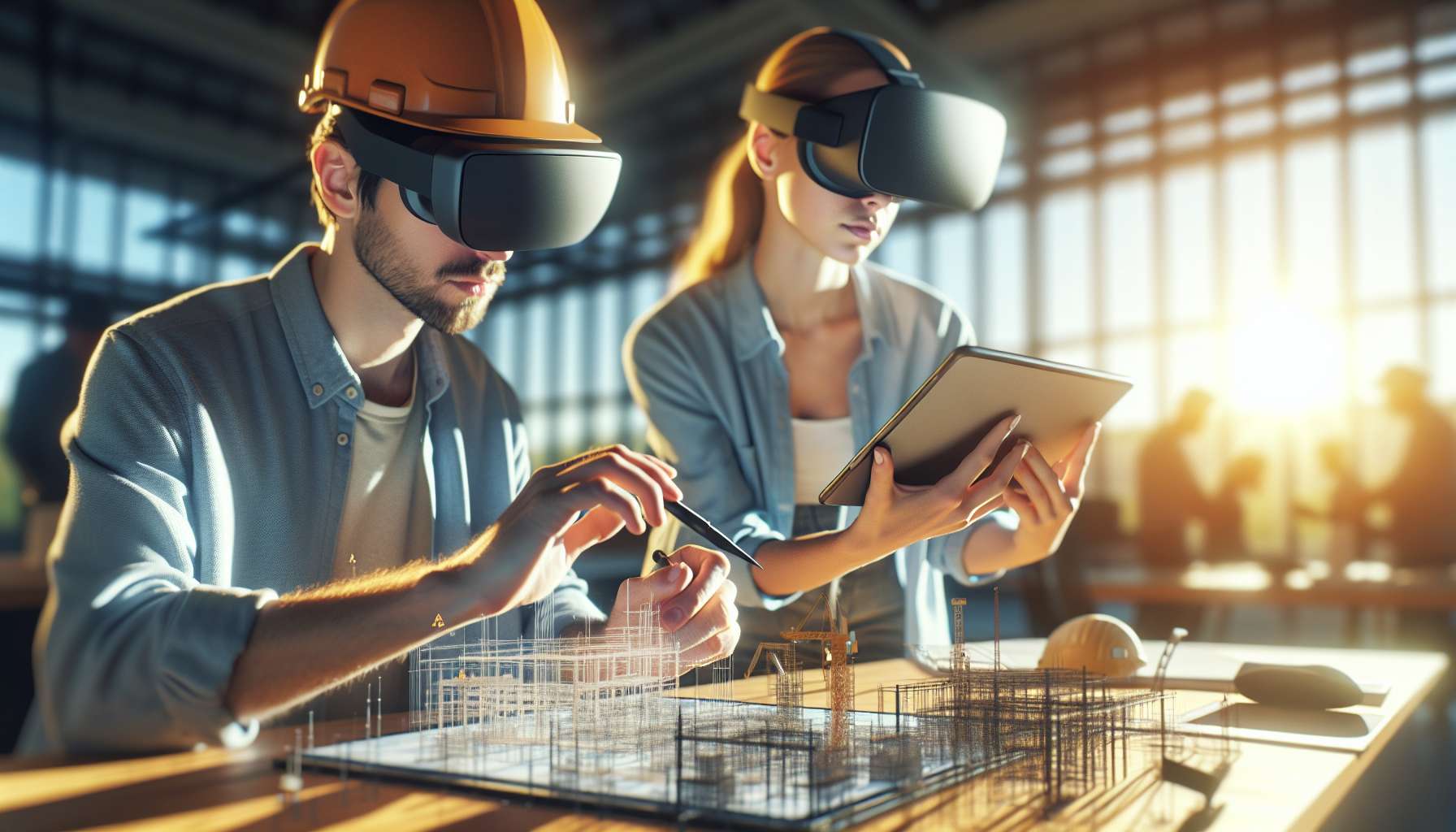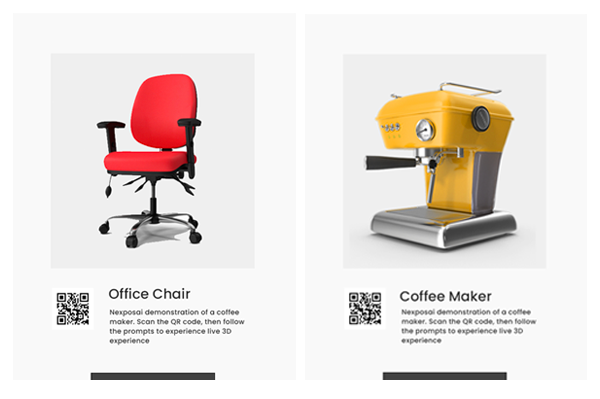Revolutionizing Construction Design Visualization with AR Applications
Augmented Reality (AR) has emerged as a game-changing technology, transforming various industries and revolutionizing the way we interact with digital information. One area where AR is making significant strides is in the field of construction design visualization. By seamlessly blending virtual elements with the real world, AR applications are empowering architects, engineers, and construction professionals to visualize and communicate their designs in a more immersive and intuitive manner.
Enhancing Design Collaboration
Traditionally, construction design visualization has relied on 2D blueprints, 3D models, and computer-aided design (CAD) software. While these tools have been valuable, they often fall short in effectively conveying the spatial aspects and complexities of a design. This is where AR applications come into play.
AR allows designers to overlay virtual 3D models onto the physical environment, enabling stakeholders to experience and interact with the design in real-time. This immersive experience fosters better collaboration among team members, as everyone can visualize the design from different perspectives and provide valuable feedback. By eliminating the need for complex technical drawings, AR applications simplify the communication process and ensure that all stakeholders are on the same page.
Real-Time Design Evaluation
AR applications offer real-time design evaluation capabilities, allowing architects and engineers to assess the feasibility and impact of their designs in a more practical manner. By visualizing the design in its intended physical context, professionals can identify potential clashes, spatial constraints, and other design flaws before construction begins.
For example, an architect can use AR to walk through a virtual representation of a building, examining how different elements interact with each other and the surrounding environment. This enables them to make informed decisions about design modifications, ensuring that the final construction meets the desired specifications and requirements.
On-Site Construction Assistance
AR applications are not limited to the design phase; they also offer valuable assistance during the construction process. By overlaying digital information onto the physical site, AR can guide construction workers, providing step-by-step instructions, highlighting critical areas, and even detecting potential safety hazards.
Imagine a construction worker wearing AR glasses that display real-time instructions on how to assemble a complex structure. This not only improves efficiency and accuracy but also reduces the need for extensive training, as workers can rely on the visual guidance provided by the AR application.
Improved Client Communication
AR applications have the power to transform client communication by enabling them to visualize and experience the proposed design in a more tangible way. Instead of relying on technical jargon and abstract drawings, architects and designers can use AR to showcase their vision in a realistic and interactive manner.
By allowing clients to virtually walk through their future space, AR applications create a sense of ownership and enable them to provide more informed feedback. This level of engagement not only enhances client satisfaction but also reduces the likelihood of costly design changes later in the project.
The Future of Construction Design Visualization
The potential of AR applications in construction design visualization is immense. As the technology continues to evolve, we can expect even more advanced features and functionalities. For instance, AR applications could integrate with Building Information Modeling (BIM) systems, enabling real-time data synchronization and seamless collaboration between different stakeholders.
Furthermore, with the advent of 5G networks and the increasing availability of powerful mobile devices, AR applications will become more accessible and scalable, allowing construction professionals to leverage the technology on a broader scale.
In conclusion, AR applications are transforming construction design visualization by enhancing collaboration, enabling real-time evaluation, providing on-site assistance, and improving client communication. By embracing this technology, construction professionals can streamline their workflows, reduce costs, and deliver projects that meet and exceed client expectations. The future of construction design visualization is here, and it’s augmented.





